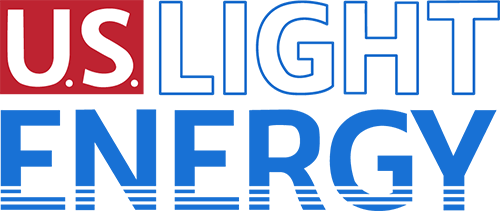
Pennsylvania, a state with a growing commitment to renewable energy, is witnessing a significant rise in the interest and development of solar farms. According to a 2018 plan released by the Pennsylvania Department of Environmental Protection (DEP), Pennsylvania seeks to drive solar power generation up from less than 1% to 10% by 2030. Pennsylvania will need an estimated 124 square miles of land to meet that goal. This shift towards solar energy not only aligns with global sustainability goals but also presents a lucrative opportunity for landowners in the state. Leasing land for solar development provides landowners with steady, passive income for the duration of the lease, which could be anywhere from twenty to forty years.
What are the Solar Farm Land Lease Rates in Pennsylvania?
Solar farm land lease rates in Pennsylvania vary widely, influenced by a multitude of factors, including location, size of the land, and local regulations. According to an analysis by the College of Agricultural Studies at Penn State University, land lease rates in Pennsylvania have been estimated to range from $700 to $1,000 per acre. However, these figures are not set in stone and can fluctuate based on the specifics of each project and the negotiation between the landowner and the solar developer. The broad range of lease rates reflects the diverse nature of projects and the variability in solar farm requirements. Larger lands in strategic locations may command higher lease rates, while smaller or less ideal parcels may fetch rates at the lower end of the spectrum.
How are Solar Lease Rates Determined in Pennsylvania?
The determination of solar lease rates in Pennsylvania is a nuanced process involving various factors that both landowners and developers must consider. These rates are not arbitrarily set; instead, they result from carefully considering several key elements. US Light Energy has a unique feasibility process in which we analyze multiple aspects of every property to drive the most value per acre. Here are seven elements that can influence lease rates:
Proximity to Utility Infrastructure
Proximity to utility infrastructure elements like 3-phase power lines and substations can affect the viability and, consequently, the lease rate of a solar farm project. The easier it is for solar developers to distribute solar energy, the more likely the lease rate will be higher. Also, these utility components need to handle the capacity of the energy produced by the solar farm. Solar developers must know that the solar project can provide the expected energy output, ensuring the surrounding community can use it.
Land Size and Topography
The size of the land available for lease also impacts the rate. Larger plots that can accommodate more solar panels are often more desirable. Most solar farm projects require a minimum of ten acres. However, the topography of the land is equally important. Flat, unobstructed land with minimal shading is ideal for solar farms and can attract higher lease rates.
Environmental Challenges
Solar developers look at the environmental constraints that may hinder implementing a solar project, such as wetlands, forestation, and critical habitats. Local regulations may protect certain areas. Unlike fossil fuel-driven power plants, solar farms are eco-friendly and produce zero pollution. The creation of solar power must maintain sustainable, environmentally-friendly practices. While landowners may have several acres to offer solar developers, environmental constraints may limit the usable amount.
Local Zoning
Solar developers look closely at the local law to understand the rules and regulations that dictate the creation of solar farm projects in the local community. It allows solar professionals to identify critical issues that may block the project from being permitted.
Market Demand and Energy Prices
The market demand for renewable energy in Pennsylvania and the prevailing energy prices influence the lease rates. High demand for solar power in the market can drive up lease rates, as solar developers are willing to pay a premium to secure land for their projects.
Revenue Options
For some landowners, their land may be more valuable generating income in other ways, such as growing crops or supporting livestock. A solar developer may offer a competitive lease rate to transition your land for a solar project. Landowners should consider if their land will be able to provide the same income agriculturally over the next twenty years or so when compared to the potential steady, passive income of a land lease.
Negotiation and Contract Terms
Finally, the negotiation process between the landowner and the solar developer is critical in determining the final lease rate. The terms of the lease, including the length of the lease, upfront payments, and escalation clauses, can all influence the rate. For instance, most lease rates see a 1.5% to 2.5% increase annually. Landowners with a good understanding of their land’s value and the solar market can negotiate more favorable terms.
Leasing Your Land for Solar in Pennsylvania
U.S. Light Energy is a New York-based distributed generation energy development company specializing in community solar facilities and renewable energy solutions. We have more than thirty years of solar PV, energy industry, and real estate development experience. Wondering if your land in Pennsylvania is suitable for solar development? Applying for a land lease is easy! We’ll do the research, evaluate your site, and conduct a pre-application with the utility. With the support of landowners, Pennsylvania can be well on its way to achieving its goal of 10% solar power generation by 2030! U.S. Light Energy is leading the charge for a new generation.
